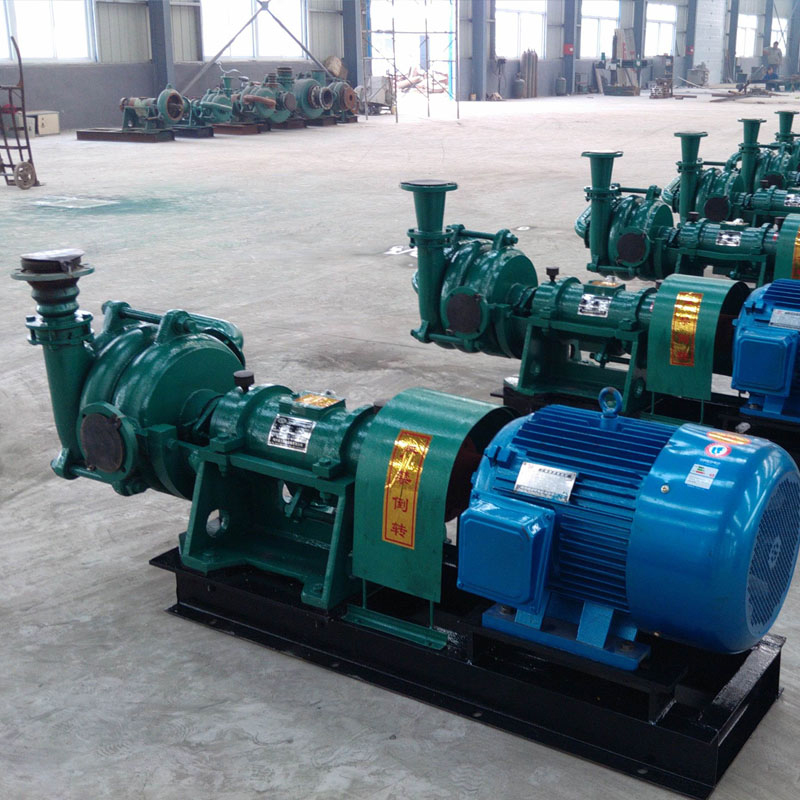English
- Afrikaans
- Albanian
- Amharic
- Arabic
- Armenian
- Azerbaijani
- Basque
- Belarusian
- Bengali
- Bosnian
- Bulgarian
- Catalan
- Cebuano
- Corsican
- Croatian
- Czech
- Danish
- Dutch
- English
- Esperanto
- Estonian
- Finnish
- French
- Frisian
- Galician
- Georgian
- German
- Greek
- Gujarati
- Haitian Creole
- hausa
- hawaiian
- Hebrew
- Hindi
- Miao
- Hungarian
- Icelandic
- igbo
- Indonesian
- irish
- Italian
- Japanese
- Javanese
- Kannada
- kazakh
- Khmer
- Rwandese
- Korean
- Kurdish
- Kyrgyz
- Lao
- Latin
- Latvian
- Lithuanian
- Luxembourgish
- Macedonian
- Malgashi
- Malay
- Malayalam
- Maltese
- Maori
- Marathi
- Mongolian
- Myanmar
- Nepali
- Norwegian
- Norwegian
- Occitan
- Pashto
- Persian
- Polish
- Portuguese
- Punjabi
- Romanian
- Russian
- Samoan
- Scottish Gaelic
- Serbian
- Sesotho
- Shona
- Sindhi
- Sinhala
- Slovak
- Slovenian
- Somali
- Spanish
- Sundanese
- Swahili
- Swedish
- Tagalog
- Tajik
- Tamil
- Tatar
- Telugu
- Thai
- Turkish
- Turkmen
- Ukrainian
- Urdu
- Uighur
- Uzbek
- Vietnamese
- Welsh
- Bantu
- Yiddish
- Yoruba
- Zulu
Telephone: +86 13120555503
Email: frank@cypump.com
Nov . 15, 2024 08:56 Back to list
pipeline pumps
Understanding Pipeline Pumps Essential Components for Efficient Fluid Transport
When it comes to the transport of fluids across vast distances, pipeline pumps are indispensable. These pumps play a critical role in various industries, including oil and gas, water supply, and chemicals. Their primary function is to move liquids through pipelines, ensuring a steady and controlled flow. This article explores the significance, types, and operational principles of pipeline pumps.
The Importance of Pipeline Pumps
Pipeline pumps are vital for several reasons. Firstly, they ensure the efficient movement of fluids from one location to another. In the oil and gas industry, for instance, these pumps enable the transport of crude oil and natural gas from extraction sites to refineries and distribution centers. In municipal water supply systems, they facilitate the delivery of clean water to households and businesses.
Moreover, pipeline pumps contribute to the safety and reliability of fluid transport. By maintaining consistent pressure within pipelines, these pumps help prevent leaks and ruptures, which can lead to environmental disasters and costly repairs. In addition, effective pumping systems can reduce energy consumption and operational costs, making them economically advantageous for businesses.
Types of Pipeline Pumps
There are various types of pipeline pumps, each designed to meet specific operational needs. The most common types include
1. Centrifugal Pumps This type of pump uses rotational energy to move fluid. Centrifugal pumps are highly efficient and are typically used for transporting large volumes of liquids at moderate pressures. They are suitable for applications such as water supply and wastewater treatment.
pipeline pumps

2. Positive Displacement Pumps Unlike centrifugal pumps, positive displacement pumps move fluid by trapping a fixed amount and forcing it into the discharge pipe. They are ideal for high-viscosity fluids and applications requiring high pressure. Gear pumps and diaphragm pumps fall under this category.
3. Submersible Pumps These pumps are designed to operate while submerged in the fluid they are pumping. Submersible pumps are commonly used for groundwater extraction and dewatering applications, making them essential for municipal and agricultural uses.
4. Screw Pumps These pumps utilize a spiral screw mechanism to transfer fluids. They are particularly effective for moving viscous liquids such as sludges and crudes, making them a popular choice in the oil and gas sector.
Operational Principles
Pipeline pumps operate based on fundamental hydraulic principles. The choice of pump is influenced by factors such as fluid type, viscosity, flow rate, and the distance the liquid needs to travel. The pump's performance is measured in terms of flow rate (gallons per minute or liters per second) and head (the height to which the pump can raise the liquid).
When a pipeline pump is activated, it generates a pressure difference that propels the fluid through the pipeline. Valves and fittings are strategically placed along the pipeline network to regulate flow and maintain the necessary pressure. Monitoring systems often accompany these setups to detect any anomalies, ensuring the system operates within safe parameters.
Conclusion
In conclusion, pipeline pumps are essential components in the infrastructure of fluid transport across various industries. Their ability to efficiently move liquids while maintaining safety and reliability makes them invaluable. As technology advances, we can expect further innovations in pump designs, leading to even more efficient and environmentally friendly solutions for the challenges of fluid transport. Understanding the role of pipeline pumps is crucial for anyone involved in the engineering, operation, or management of fluid transport systems.
-
Horizontal Split Case Pump with GPT-4 Turbo | High Efficiency
NewsAug.01,2025
-
ISG Series Pipeline Pump - Chi Yuan Pumps | High Efficiency, Durable Design
NewsAug.01,2025
-
Advanced Flue Gas Desulfurization Pump with GPT-4 Turbo | Durable & Efficient
NewsJul.31,2025
-
ISG Series Vertical Pipeline Pump - Chi Yuan Pumps | Advanced Hydraulic Design&Durable Construction
NewsJul.31,2025
-
ISG Series Vertical Pipeline Pump - Chi Yuan Pumps | Energy Efficient & Low Noise
NewsJul.31,2025
-
pipeline pump - Chi Yuan Pumps Co., LTD.|High Efficiency&Low Noise
NewsJul.31,2025










